Introduction
Artificial Intelligence (AI) has become a significant driving force in numerous industries, and education is no exception. As AI technologies continue to evolve, their potential to reshape the educational landscape is undeniable. From personalized learning experiences to administrative efficiency, AI promises to offer solutions that could address many long-standing challenges in education. But will AI truly revolutionize traditional teaching methods, or will its integration face insurmountable obstacles that limit its impact?
In this article, we will explore the various applications of AI in education, evaluate its potential to transform teaching and learning, and examine the challenges and ethical considerations associated with its widespread adoption. Ultimately, we aim to understand whether AI will fully replace or merely supplement traditional education systems.
1. Understanding AI in Education
A. What is AI in the Context of Education?
AI in education refers to the application of machine learning, data analytics, natural language processing, and other AI technologies to enhance teaching and learning experiences. Unlike traditional educational models, AI-powered systems have the ability to adapt, personalize, and automate various aspects of education, offering students and teachers innovative tools to improve outcomes.
- Machine Learning: AI systems can analyze vast amounts of student data to personalize learning experiences, adapting the curriculum to meet individual needs.
- Natural Language Processing (NLP): AI can assist with language-based tasks, such as automated grading, providing feedback, and helping students with writing and language skills.
- Robotic Process Automation (RPA): AI-driven automation can streamline administrative tasks like attendance tracking, resource management, and grading, allowing teachers to focus more on instruction.
2. Applications of AI in Education
A. Personalized Learning
One of the most significant ways AI is expected to transform education is through personalized learning. Unlike traditional education, where every student is taught the same material at the same pace, AI allows for adaptive learning environments that cater to each student’s unique needs and learning style.
- Adaptive Learning Platforms: AI-driven platforms can adjust the difficulty and pace of lessons based on individual student progress. These systems collect data on how students interact with the material, enabling them to receive tailored resources, exercises, and feedback that address their strengths and weaknesses.
- Intelligent Tutoring Systems: AI can offer real-time, on-demand tutoring to students who need extra help, mimicking the one-on-one attention they might receive from a private tutor. These systems can provide personalized explanations and feedback based on the student’s specific difficulties, helping them improve without the limitations of time or location.
- Learning Analytics: By analyzing data on student performance, AI can predict outcomes and identify areas where students are likely to struggle. This allows teachers to intervene early and provide additional support to students at risk of falling behind.
B. Automating Administrative Tasks
AI can also reduce the administrative burden on educators, allowing them to spend more time teaching. Many routine tasks, such as grading assignments, tracking attendance, and managing class schedules, can be automated using AI.
- Grading Systems: AI-powered grading systems are already being used in some schools to automatically grade multiple-choice and essay-based questions. These systems can provide instant feedback to students, helping them understand their mistakes in real-time.
- Attendance and Record Keeping: AI-driven software can monitor student attendance and track learning progress, creating detailed reports and reducing the time spent on administrative tasks.
- Curriculum Design and Planning: AI tools can help educators design effective curricula based on student performance data, ensuring that lessons are tailored to the needs of the class.
C. Enhancing Engagement with AI-Powered Tools
AI technologies have the potential to enhance student engagement and learning outcomes by making educational content more interactive and immersive.
- Virtual Reality (VR) and Augmented Reality (AR): AI can be integrated with VR and AR technologies to create immersive learning environments where students can engage with complex concepts in a hands-on manner. For example, medical students can practice surgery in a virtual operating room, or history students can explore ancient civilizations through virtual field trips.
- Gamification: AI can incorporate gamification elements into learning, creating interactive quizzes, challenges, and simulations that make learning more engaging and enjoyable.
- Speech Recognition and Chatbots: AI-based chatbots and speech recognition tools can help students learn languages, practice pronunciation, and engage with content in more interactive ways.
3. The Potential Benefits of AI in Education
A. Increased Access to Quality Education
AI has the potential to democratize education, offering high-quality resources to students regardless of their geographic location or socioeconomic background.
- Remote Learning: AI-powered learning platforms and virtual classrooms enable students from remote or underserved areas to access the same educational content as their peers in more affluent regions. This could significantly reduce educational inequality on a global scale.
- Scalability: AI tools allow teachers to manage large numbers of students and adapt content to each individual, making education more scalable and accessible to a broader audience.
- Language Support: AI-based translation tools can break down language barriers, providing real-time translations of educational content and enabling students to learn in their native languages.
B. Enhanced Student Support and Engagement
AI can provide continuous, personalized support to students, ensuring that they receive feedback, assistance, and motivation throughout their learning journey.
- 24/7 Support: AI-powered virtual assistants can offer students help at any time of day, answering questions, providing study tips, and directing them to relevant resources.
- Engagement through Interactive Learning: AI systems can introduce interactive, gamified elements to education, encouraging students to stay engaged and motivated. These elements can turn learning into a fun and rewarding experience.
- Real-Time Feedback: AI can provide instant feedback on assignments, helping students understand their mistakes and improve their performance without waiting for a teacher to grade their work.

4. Challenges and Concerns with AI in Education
A. Equity and Accessibility
While AI has the potential to enhance education, it also raises concerns about access and equity. Students in underfunded schools or regions with limited access to technology may not have the same opportunities to benefit from AI-driven learning tools.
- Technology Divide: In many parts of the world, there is a significant gap in access to the technology necessary to implement AI in education. This digital divide could exacerbate existing inequalities and limit the effectiveness of AI in global education systems.
- Training for Educators: Teachers need proper training to use AI tools effectively in the classroom. If educators are not familiar with the technology, they may struggle to implement it, reducing its potential benefits.
B. Data Privacy and Security
AI in education involves the collection of large amounts of data, including student performance, behavior, and even personal information. This raises concerns about data privacy and security.
- Protecting Student Data: AI platforms must adhere to strict data protection regulations to ensure that students’ personal information is not misused or exposed. This is especially important in the context of minors, whose data is particularly sensitive.
- Data Ownership: The issue of who owns the data generated by AI systems is also a concern. Should it be the students, the teachers, or the tech companies that provide the AI tools?
C. Teacher-Student Relationship and the Role of Human Interaction
AI can complement traditional teaching methods, but it is unlikely to replace the value of human interaction in the classroom.
- Loss of Human Connection: Education is not just about transferring knowledge; it is about building relationships, empathy, and communication. AI may be able to provide personalized learning experiences, but it cannot replicate the emotional support and mentorship that a human teacher provides.
- Teachers as Facilitators: The role of teachers will shift from being the sole source of knowledge to being facilitators and guides. While AI can help with instruction, teachers will continue to play an essential role in fostering critical thinking, creativity, and social skills in students.
5. How to Navigate the Future of AI in Education
A. Collaboration Between Educators, Technologists, and Policymakers
To ensure that AI is used effectively and ethically in education, collaboration between educators, technology developers, and policymakers is crucial. By working together, they can develop AI systems that enhance learning without compromising privacy, equity, or quality.
B. Fostering Digital Literacy
As AI becomes more integrated into education, it is essential to teach students how to use these tools effectively and responsibly. Digital literacy programs should be implemented to ensure that students can navigate AI systems while understanding their potential biases and limitations.
C. Ethical Guidelines and Data Protection Regulations
Clear ethical guidelines and regulations must be established to govern the use of AI in education, especially concerning data privacy, security, and equity. These policies should ensure that AI tools are used in a way that benefits all students, regardless of their background or location.
6. Conclusion: Will AI Revolutionize Education?
AI has the potential to significantly transform education, offering personalized learning experiences, improving engagement, and automating administrative tasks. However, its widespread adoption comes with challenges such as ensuring equitable access, safeguarding data privacy, and maintaining the critical role of human interaction in the classroom.
While AI will not completely replace traditional teaching methods, it will certainly complement and enhance them. The future of education will likely involve a blend of AI-driven tools and human expertise, allowing teachers to focus on the most impactful aspects of learning—creativity, critical thinking, and emotional support—while AI takes care of repetitive tasks and personalized instruction.
By addressing the challenges and ethical considerations, AI can play a crucial role in shaping the future of education, making learning more accessible, engaging, and effective for students around the world.











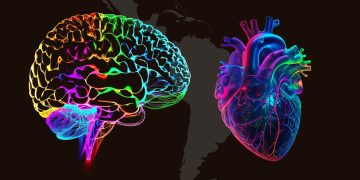


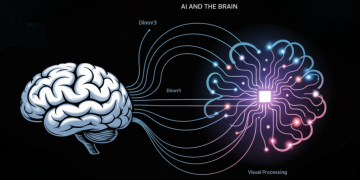

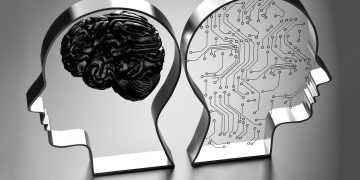

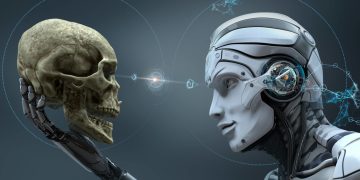






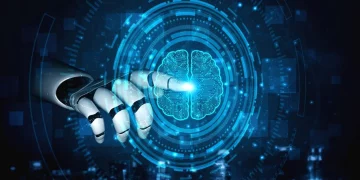



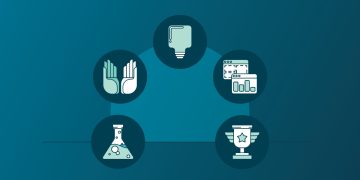

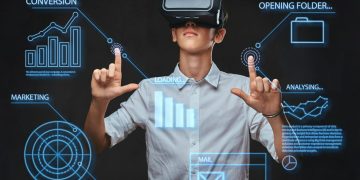


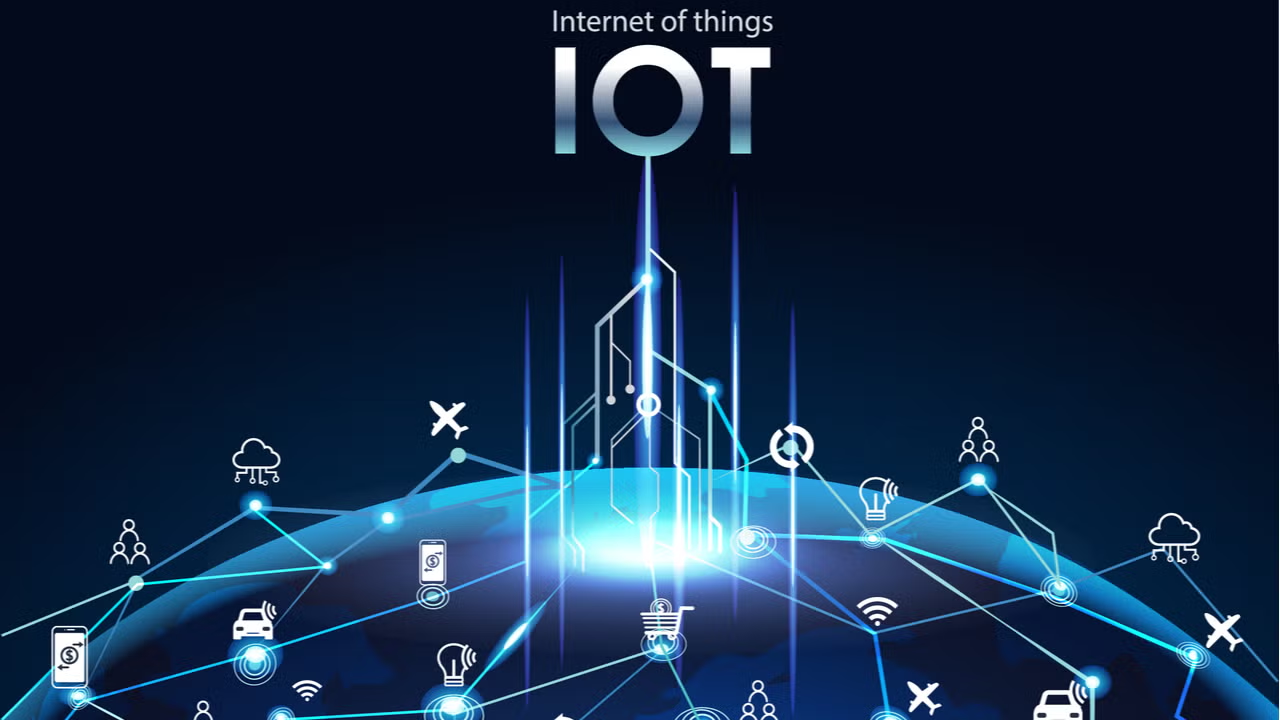
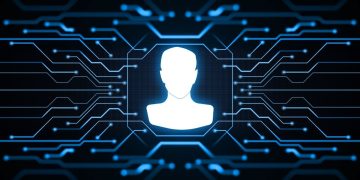












Discussion about this post